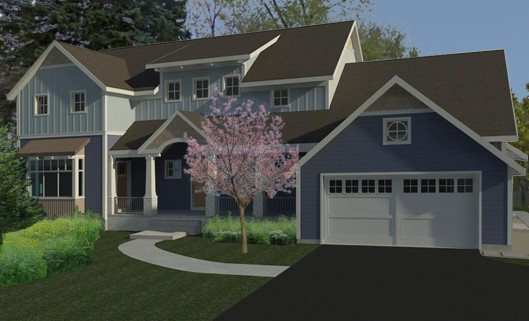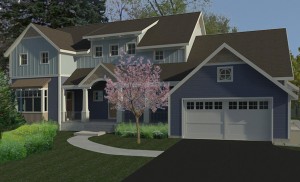Tankless Water Heaters Come Of Age: Are They The Right Choice For Your Home?
Tankless water heaters have not been widely available in the U.S. market for long. Early on, the selection was limited; building codes were not always accommodating and finding a good contractor was a challenge. Nevertheless, they gained a foothold and are now a growing aspect of the building market.
Many of the early obstacles to installing tankless heaters have diminished. To be sure, there are still significant issues to be addressed, and buyers should educate themselves before replacing their traditional tank based unit.
How Does a Tankless Water Heater Work?
Unlike traditional models which usually hold between 40 and 60 gallons, a tankless water heater does not store water. Instead, the water is heated continuously as it passes through a heat exchanger between the water supply and the tap. The heating mechanism is only invoked when the hot water is turned on. This is why these are sometimes referred to as “on-demand” heaters.
Tankless water heaters are mounted to a wall instead of resting on a stand or on the floor. They usually require different plumbing and ventilation configurations than a conventional tank unit. Tankless units have sophisticated circuitry, sensors and switches compared to the relatively simple design and components on a typical tank unit.
The Pros and Cons of Tankless Water Heaters
- Because the hot water supply is continuous, tankless systems never run out of hot water.
- Tankless systems are much more expensive to purchase and install. A licensed contractor will usually be required to change your existing plumbing and ventilation. Preparing a wall and mounting the unit will also add cost.
- Because they are much more complex, tankless systems may not be as reliable as those with a tank and may require more maintenance.
- Tankless systems may last 8 to 10 years longer than a conventional tank heater. Many tank heaters eventually succumb to water leaks and can sometimes cause damage if the entire tank leaks out in a short period of time.
- Hot water flow rates may be much lower with a tankless unit. This could be a problem for consumers who need to, for example, run the shower and the washing machine at the same time. Two or more tankless units are sometimes installed to get around this constraint. Of course, if you need to purchase two tankless heaters to replace a single tank unit, the additional cost will be even higher.
- Tankless units generally consume less energy than a unit with a tank. This is because you don’t need to maintain a tank of hot water at the desired temperature for 24 hours a day. The energy used to keep the tank heated when it is not in use is called stand-by heat loss. While monthly energy costs may be lower, they may not necessarily pay back the entire cost of a tankless system.
- Because they mount on the wall, tankless units can be a big benefit in homes with space constraints.
Which System Is Best for You?
There is no easy answer to this question. It really depends on your personal preference and your budget. Most people fall into one of five camps:
- Affluent consumers who are attracted to the endless showers that a tankless system can provide. Some of these individuals may also have multi-head showers or new soaking tubs that would completely drain a conventional tank heater.
- Big households that consume large amounts of hot water for bathing, laundry, etc. In these households, the last person in line for a shower in the morning may run out of hot water altogether. Tankless systems can provide welcome relief to this daily challenge.
- Cost conscious consumers who can’t stomach the high price and installation cost of tankless heaters, particularly if multiple units are required to meet the existing hot water flow rates. For these individuals, even the monthly energy savings is not enough to justify the upfront cost.
- Consumers who are concerned about global warming and want to reduce their carbon footprint. To them, the energy efficiency of tankless heaters alone justifies the high upfront cost.
- Risk-averse individuals who have read about the problems experienced by some tankless users. These users may stick with their trusty tank units until tankless technology improves or has a better track record.
Regardless of which system you choose, be sure that you understand how the costs and benefits will affect your particular situation. If you elect to install a tankless system, make sure that you get several installation quotes from licensed contractors and can meet your local building codes.
Written by: Chris Long is a Home Depot store associate in the Chicago suburbs. He also writes for the Home Depot blog. Chris’ interests in household plumbing topics including providing help with a tankless hot water heater and toilet repair tips.

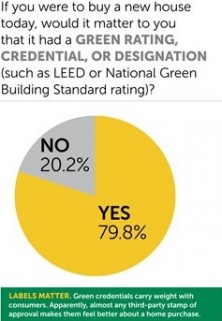
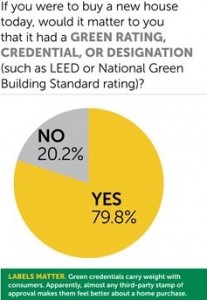
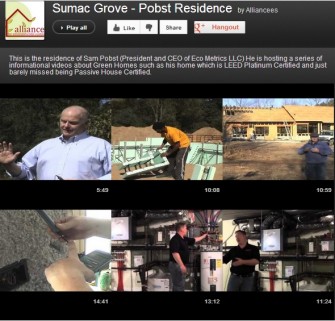

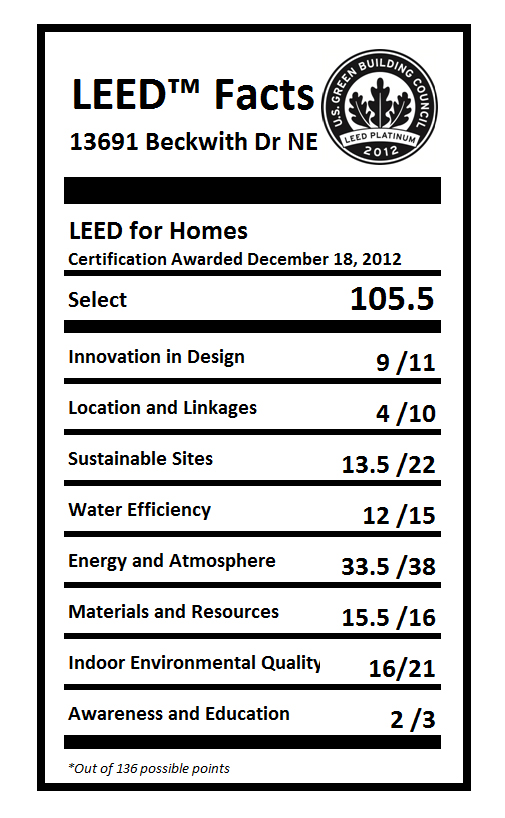
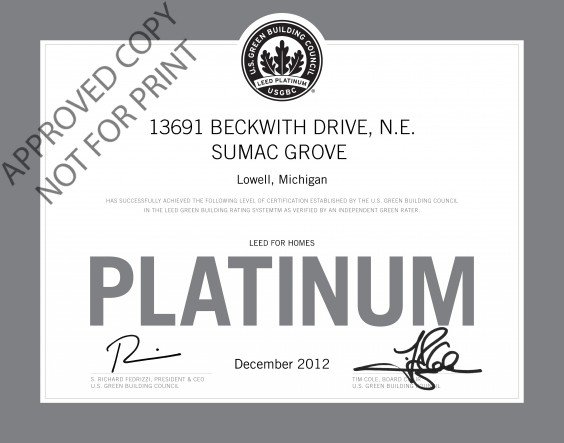 Recorded 1 Hour Webinar on the entire project – 1 AIA/GBCI
Recorded 1 Hour Webinar on the entire project – 1 AIA/GBCI 